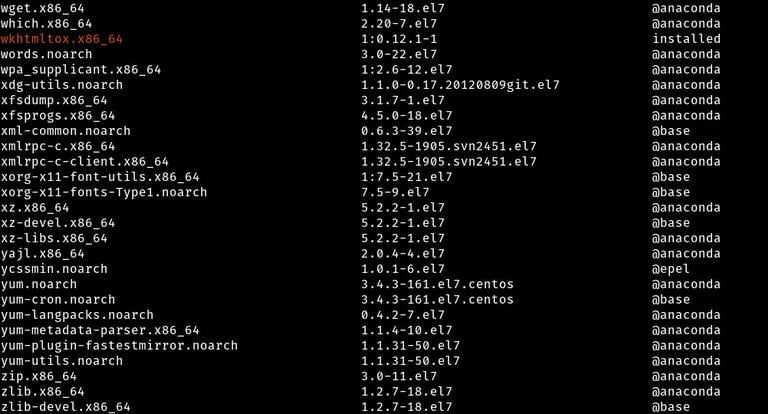

- Megui count run updater windows 10#
- Megui count run updater software#
- Megui count run updater professional#
Windows 10 also uses the threads in-OS priority as a guide for core scheduling. Knowing my luck by the time this review goes out it might be fixed, but: But the problems don’t stop there, at least for Windows 10. But for anyone else, it’s a bit of a problem. (For those that are interested in Alder Lake confusing some DRM packages like Denuvo, #3 can also be used in that instance to play older games.)įor users that only have one window open at a time, or aren’t relying on any serious all-core time-critical workload, it won’t really affect them.
Megui count run updater software#
Beyond this, any software that spawns heavy compute threads in the background, without the potential for focus, would also be placed on the E-cores. Under this philosophy, the user would have to keep the important window in focus at all times. This extends to anyone who multi-tasks during a heavy workload, such as programmers waiting for the latest compile. In my experience, the limiting factor in that scenario is the video export, not the image editor – what should take a unit of time on the P-cores now suddenly takes 2-3x on the E-cores while I’m doing something else. This puts the video export on the efficiency cores, while the image editor gets the performance cores. Intel gave an example of a content creator, exporting a video, and while that was processing going to edit some images.
Megui count run updater professional#
However, this breaks down when it comes to more professional workflows. The same with email, Netflix, or video games – what you are using there and then matters most, and everything else doesn’t really need the CPU. For an office workload, or a mobile workload, this makes sense – if you’re in Excel, for example, you want Excel to be on the performance cores and those 60 chrome tabs you have open are all considered background tasks for the efficiency cores. But ultimately, the peak performance should be identical.Īt Intel’s Innovation event last week, we learned that the operating system will de-emphasise any workload that is not in user focus. Intel says the net result of this will be seen only in run-to-run variation: there’s more of a chance of a thread spending some time on the low performance cores before being moved to high performance, and so anyone benchmarking multiple runs will see more variation on Windows 10 than Windows 11. It assumes the efficiency is equal, but the performance differs – so instead of ‘performance vs efficiency’ cores, Windows 10 sees it more as ‘high performance vs low performance’. The only thing Windows 10 doesn’t have is insight into the efficiency of the cores on the CPU. Intel has said that Windows 11 does all of this.

The operating system scheduler is then the ring master, combining the Thread Director information with the information it has about the user – what software is in the foreground, what threads are tagged as low priority, and then it’s the operating system that actually orchestrates the whole process. With that information, it sends data to the operating system about how the threads are operating, with suggestions of actions to perform, or which threads can be promoted/demoted in the event of something new coming in.

It knows what threads are where, what each of the cores can do, how compute heavy or memory heavy each thread is, and where all the thermal hot spots and voltages mix in. To this end, Intel created Thread Director, which acts as the ultimate information depot for what is happening on the CPU. As we’ve already discussed, the new Alder Lake design of performance cores and efficiency cores means that not everything is equal, and the system has to know where to put what workload for maximum effect. In a normal scenario the expected running of software on a computer is that all cores are equal, such that any thread can go anywhere and expect the same performance. Fundamental Windows 10 Issues: Priority and Focus


 0 kommentar(er)
0 kommentar(er)
